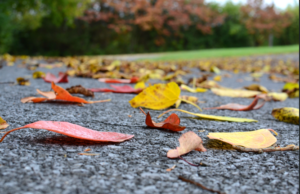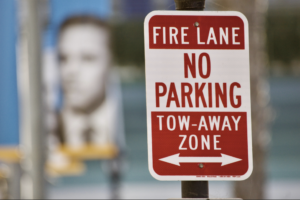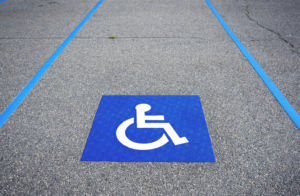Most people think of cars and rooftops when hailstorms roll through—but your driveway can take a hit, too. Though it’s built to handle the elements, large or repeated hail can cause chips, cracks, and surface wear that shorten its lifespan. Suppose you’ve noticed signs of damage after a storm; here’s exactly what to do when hail damages your driveway.
Inspect the Damage Immediately
As soon as the storm passes and it’s safe to go outside, walk your driveway and inspect it closely. Look for pitting, small craters, cracks, or areas where the surface looks chipped or rougher than usual. Even if the damage seems minor, those small issues can grow quickly if moisture seeps in and temperatures fluctuate. The sooner you catch it, the easier—and less expensive—it is to repair.
Document Everything
When hail damages your driveway, before making any repairs, take clear photos of the damage from multiple angles. This documentation is important, especially if you plan to file an insurance claim. Try to capture the size of the hailstones, if any remain, and take pictures of surrounding areas (like cars or your roof) that also show signs of hail impact. The more thorough your records, the smoother the process will be when dealing with insurance adjusters or contractors.
Check Your Homeowners Insurance Policy
Not all driveway damage is covered by insurance, so it’s important to review your policy. In general, if the hail damage is part of a broader covered event—like a major storm—your policy might include it. However, driveways are sometimes considered “other structures,” and coverage depends on your individual plan and provider. Reach out to your insurance agent for clarification, and submit a claim if applicable.
Avoid Delaying Repairs
It’s tempting to put off dealing with driveway issues, especially if they seem small. However, hail damage can create weak spots that worsen over time. Cracks may expand, moisture can cause erosion beneath the surface, and before long, you’ll be looking at a much bigger repair—or even full replacement. Acting early saves you time, money, and frustration down the road.
Get a Professional Assessment
If you’re unsure how bad the damage is, it’s smart to call in a professional. A paving contractor can assess the surface, check for hidden structural problems, and recommend the right solution. In some cases, a simple patch or sealcoating job is all that’s needed. In others, you might need to resurface the area. Either way, a trained eye ensures you don’t miss anything important.
Repair or Sealcoat as Needed
For minor hail damage, sealcoating is often the best way to protect your driveway. It creates a protective barrier, covers small blemishes, and prevents moisture from working its way into cracks. Patching or resurfacing may be necessary for more serious damage—like deeper pits or fractures. Every driveway is different, and the right fix depends on the material, age, and overall condition of the surface.
Take Steps to Prevent Future Damage
While you can’t stop hail, you can take steps to minimize future impact. Regularly sealing your driveway helps reinforce the surface and reduces the risk of damage from hail, moisture, and UV rays. Keeping nearby trees trimmed can also prevent falling branches during a storm. Most importantly, schedule regular inspections and maintenance to stay ahead of problems before they grow.
How can Walt’s Paving help?
You can count on Walt’s Paving to complete your residential or commercial paving project in an efficient and timely manner. We have over 40 years of experience paving asphalt driveways, making asphalt repairs, and sealcoating asphalt. We are located in Osceola, IN, and service homeowners and businesses within 50 miles of Elkhart, IN. Call us today.







